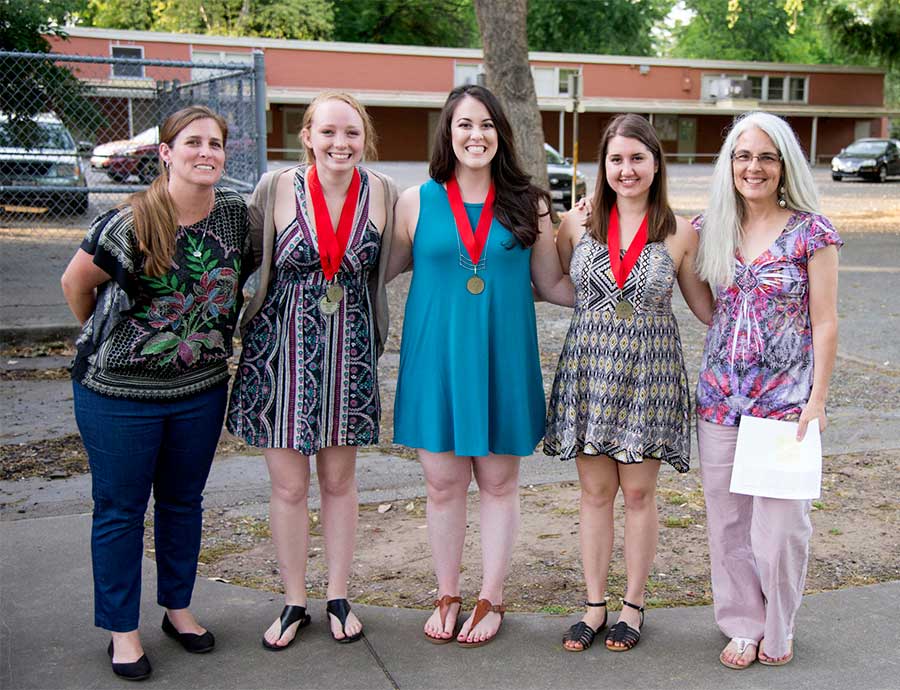Communication Sciences and Disorders (MS)
Application Deadlines
- Fall: January-15
- No spring admission
Requirements
In addition to the Cal State Apply application, submit three letters of recommendation, resume, personal essay, and transcripts using the CSDCAS application(opens in new window). GPA of 3.0.
Program Coordinator
Susan Steffani
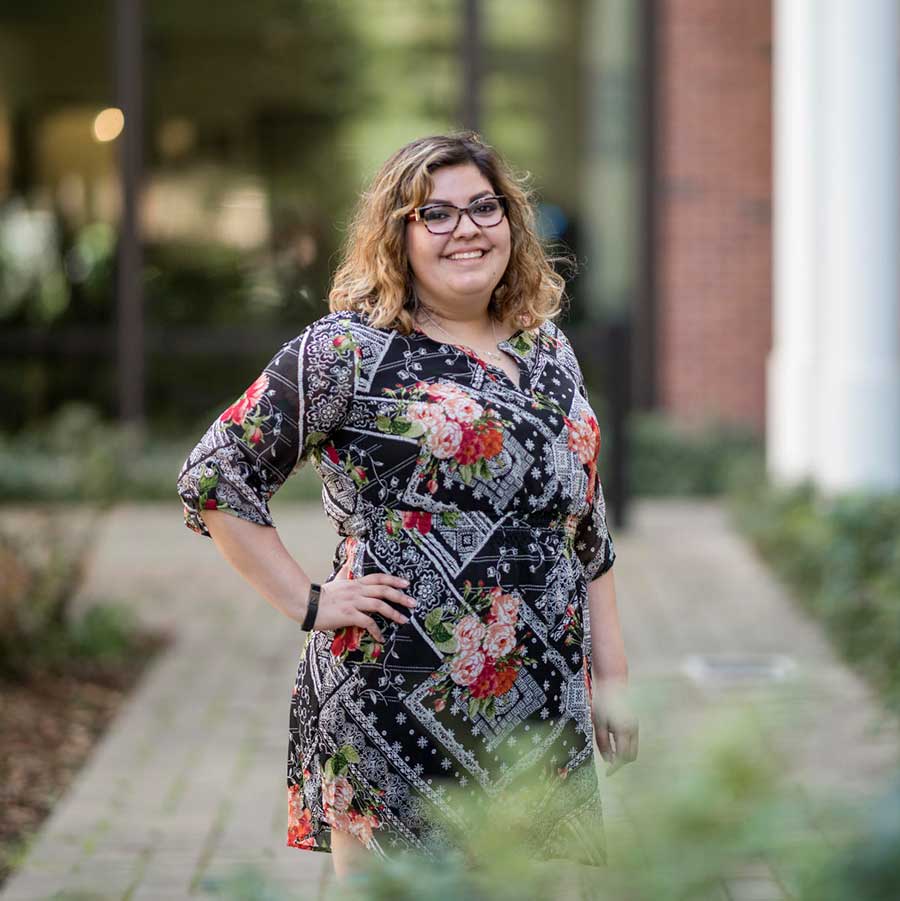
Is the MS in communication sciences and disorders for you?
Do any of the following describe you?
- Work well with people.
- Have an affinity for helping children become the best communicators possible.
- Would like to help adults with Parkinsons, brain injuries, strokes, or other impairments regain and maintain effective communication.
- Interested in a wide variety of clinical services and/or research activities.
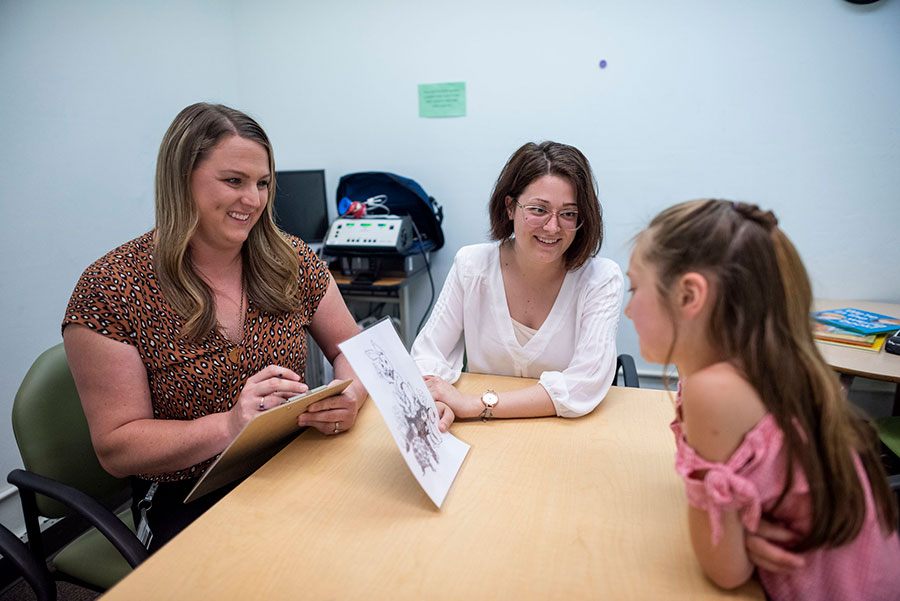
Do these jobs sound interesting to you?
Our alumni are:
- Speech-language pathologists in medical settings, schools, or private practice
Other possibilities are:
- College/university Instructor
- Move on to doctoral or professional studies
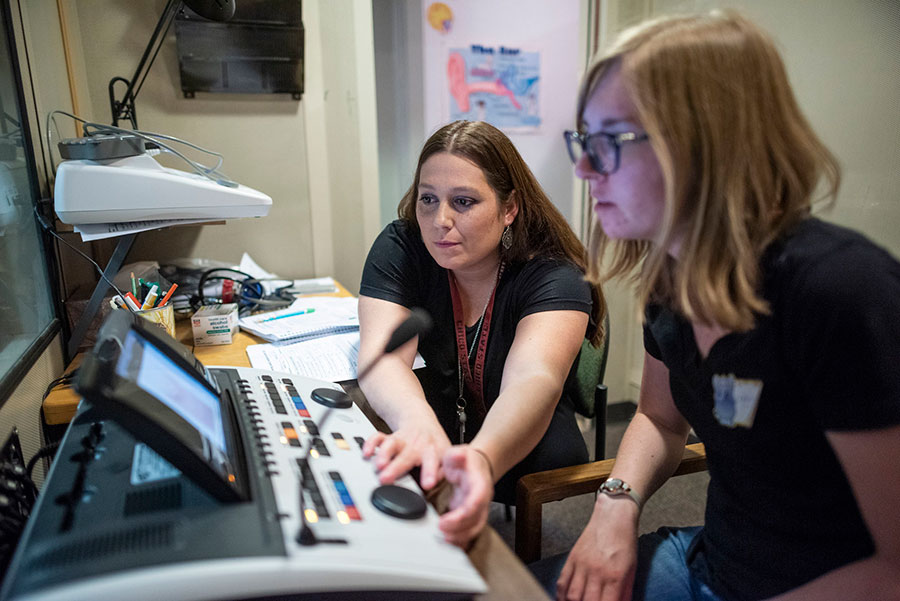
Is this the kind of salary you are seeking?
Data from the U.S. Bureau of Labor Statistics, shows the following outlook for Speech-Language Pathologists(opens in new window):
Median Pay
$79,060 per year
$38.01 per hour
Job Outlook
21% (Much faster than average)
Environment
Some speech-language pathologists work in schools. Others work in private practice or in hospitals or nursing and residential care facilities. Most speech-language pathologists are full time, but part-time work is common.
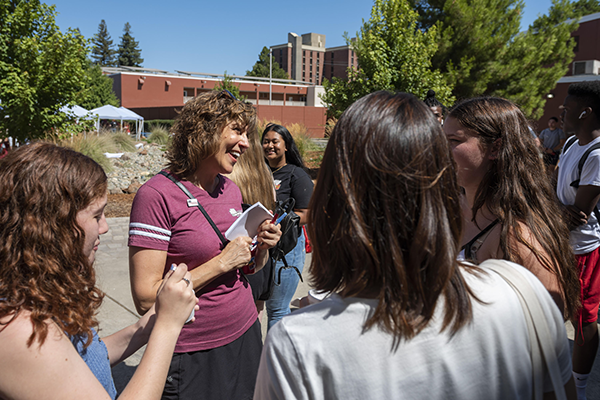
What if my bachelor’s isn’t in communication sciences and disorders?
Most students have an undergraduate degree in communication sciences and disorders.You can still pursue this degree if your undergraduate degree was in a different field, but it requires a postbaccalaureate prerequisite program with sufficient coursework to bring you up to speed. Talk to the program coordinator for details.
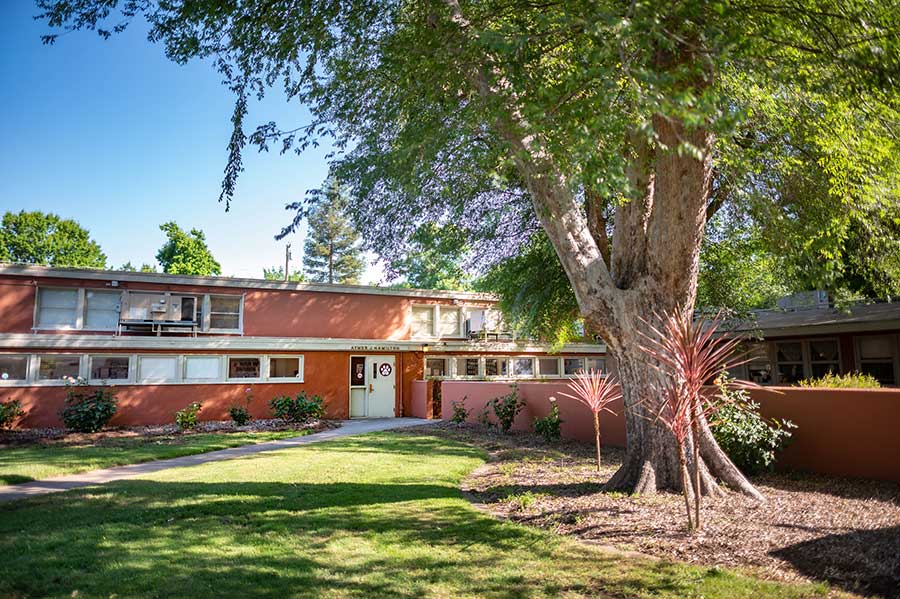
How long will it take?
The MS in communication sciences and disorders is a 56-unit program which can be completed in two years. Over 95 percent of our students complete the program within this time frame. On occasion, we have a student complete the program in three years.
What is it like to be a CMSD master’s student?
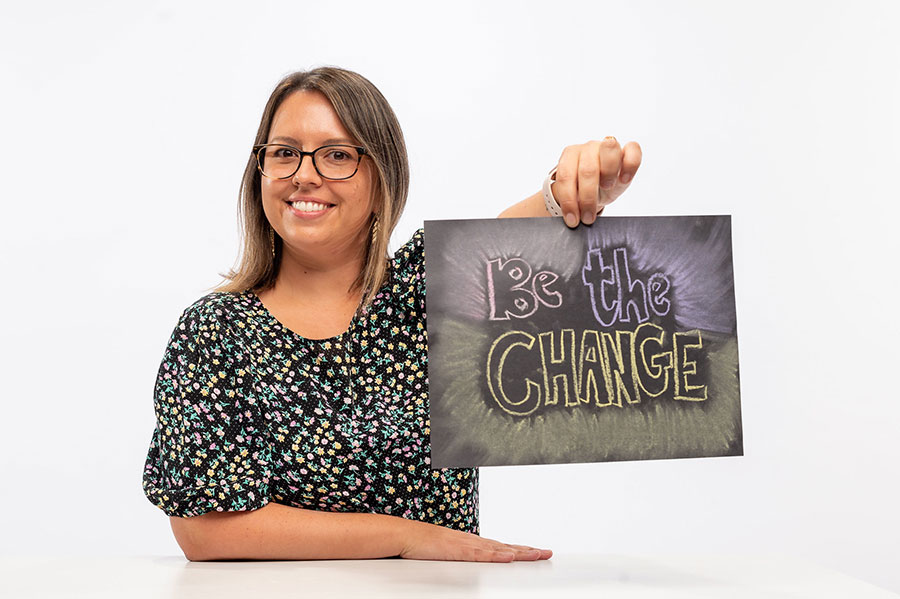
Dedicated Faculty Interested in Research
- One-on-one interaction with dedicated faculty members with research interests and clinical expertise in areas such as child language, normal aging, augmentative and alternative communication, acquired adult neurogenic disorders, and disorders of fluency, language, voice and resonance, swallowing, and hearing.
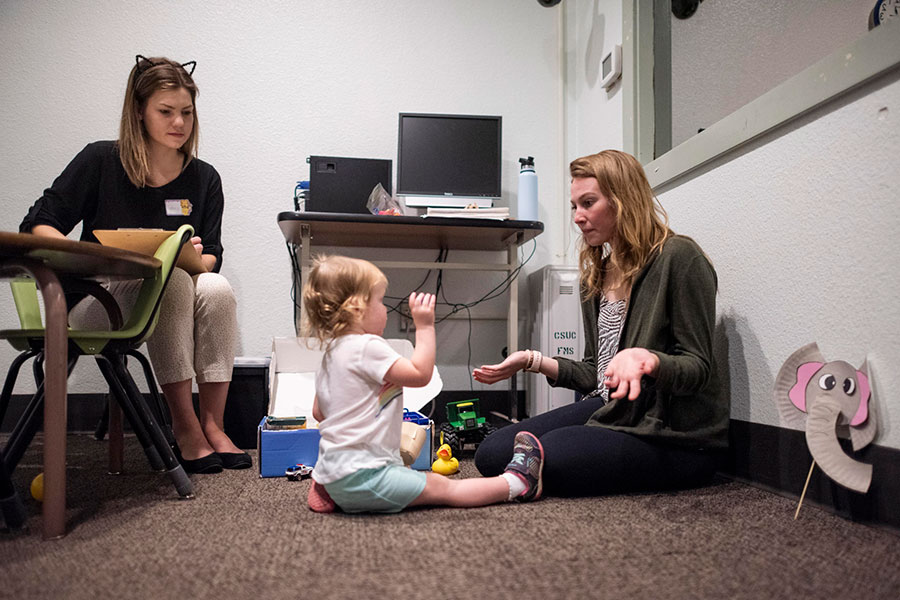
Well-Equipped Laboratories
- Work in well-equipped, accessible laboratories and clinical diagnostic rooms with state of the art audiovisual capabilities and in room computers.
- Run an annual community speech and hearing fair.
- Student clinicians and clinical instructors collaborate to deliver high quality services through the Clinic for Communication Disorders
- Develop strong bonds with your student cohort.
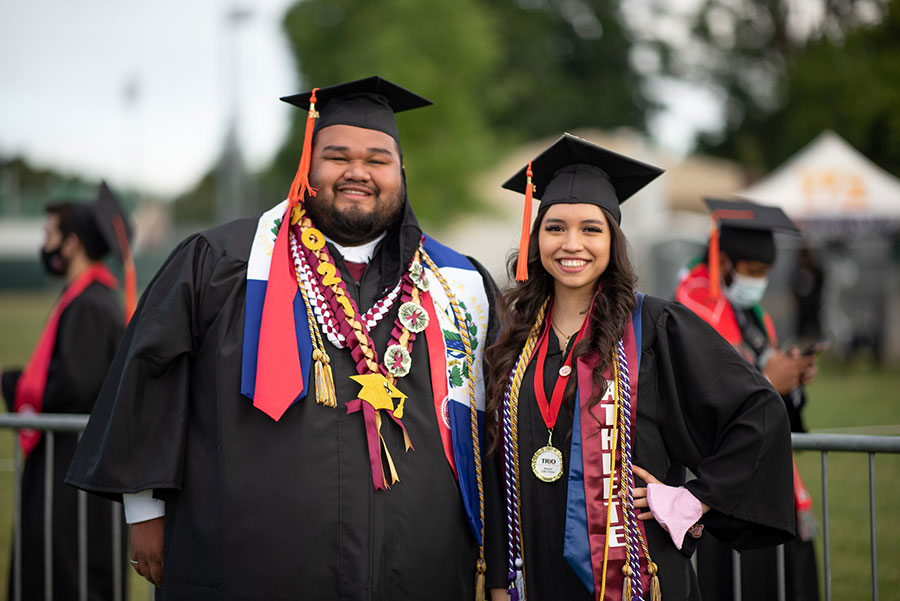
Graduates with High Employment Rates
- Placement in internships as early as the first semester at any of over 40 sites offering a variety of clinical settings and diverse populations.
- High completion and graduation rates.
- Consistently score above national average on the PRAXIS licensing/certification exam and have 100 percent employment rate within three months of graduation.
Here's What Our Students are Doing
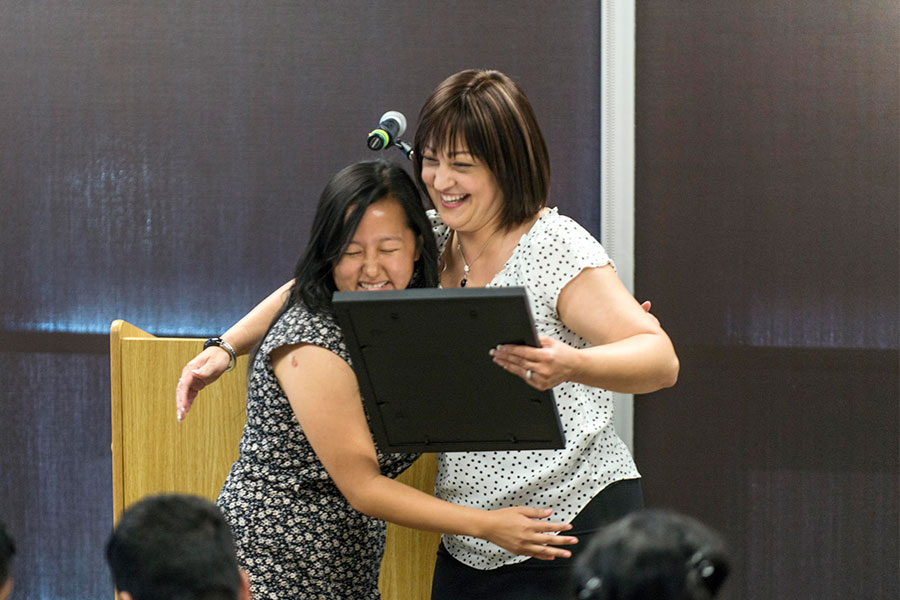
Selected for ASLH Leadership Program
Karen Vang was selected for the American Speech Language Hearing Association’s Minority Student Leadership Program, where she took part in leadership-focused educational activities at the ASHA Convention.
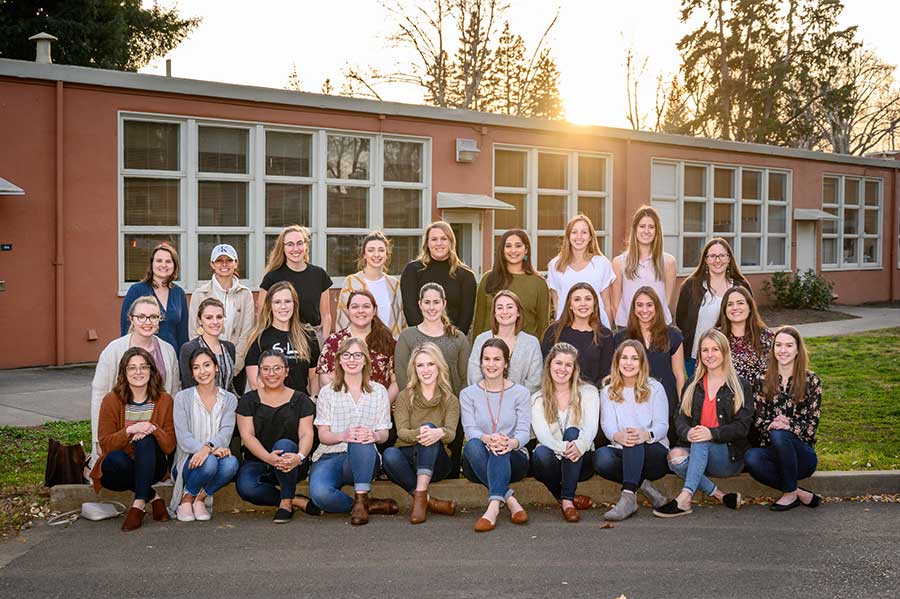
Engaging Research Activities
- Faculty-mentored graduate students worked with members of the Chico Brain Injury Coalition’s support group on a research project involving creation of a series of personalized radio segments aired on community radio. Exit interview scores revealed increases in subjects’ ASHA Quality of Communication Life Scale
- Graduate students started an Out and About program for users of augmentative communication.
- Graduate students lead large group activities and small group speech and language interventions with a range of older adults at the local Peg Taylor adult day health care center.

